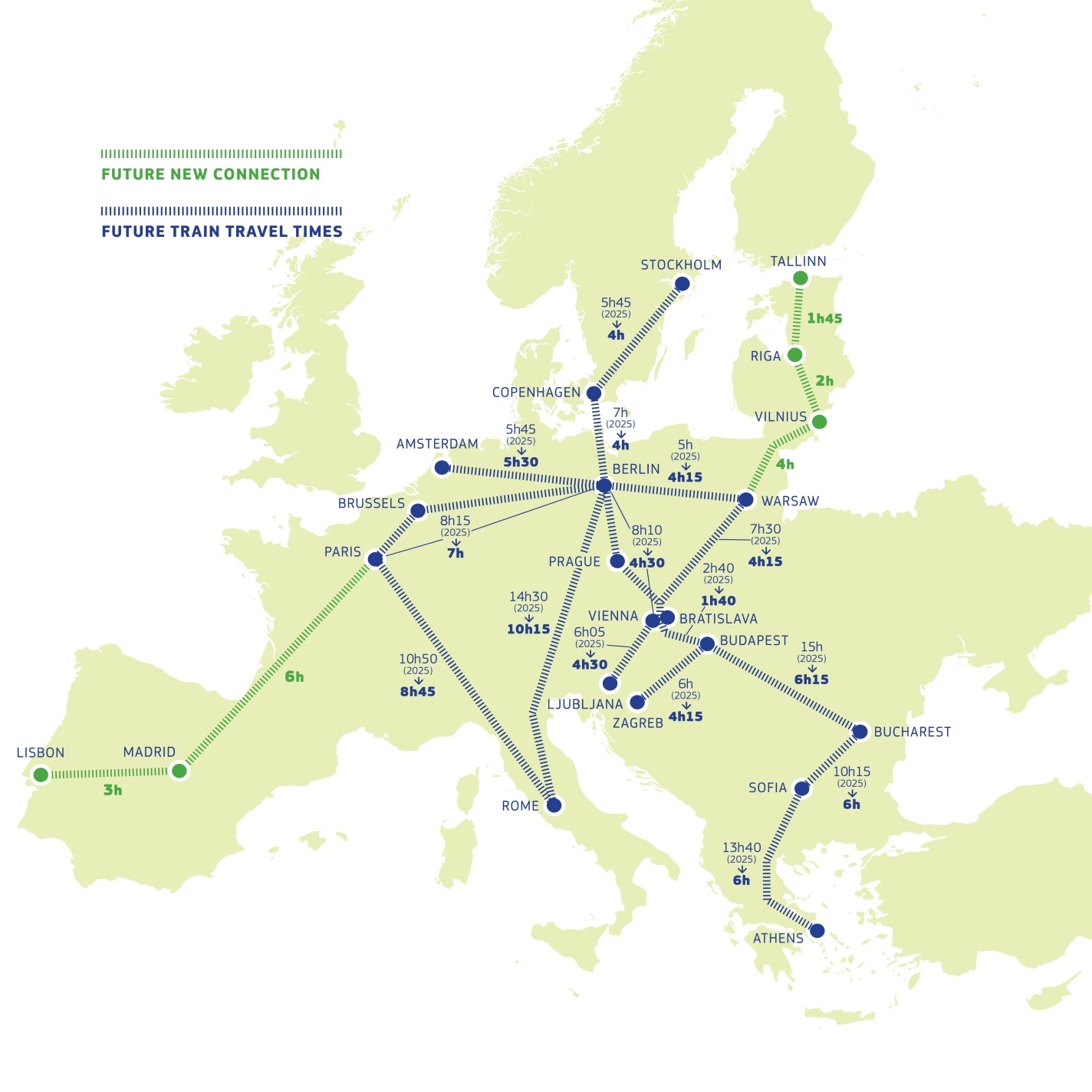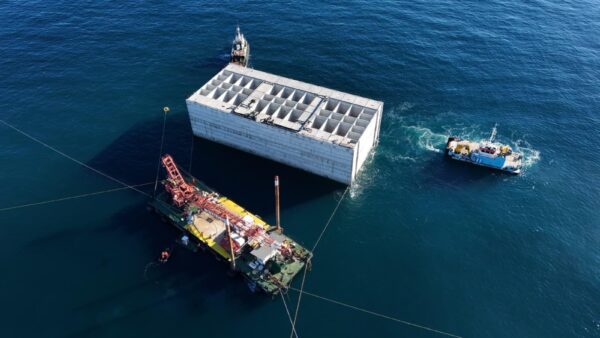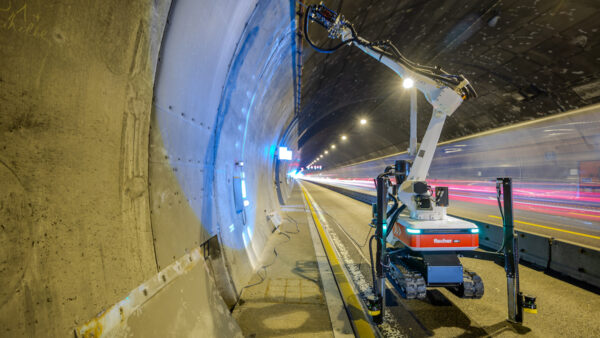
The European Commission has unveiled an ambitious plan to transform rail travel across the European Union, promising to halve journey times on major routes and establish high-speed rail as the backbone of a carbon-neutral, competitive, and better-connected Europe.
Building on the Trans-European Transport Network, the Commission’s new strategy aims to deliver a fully interoperable high-speed rail network by 2040.
The plan foresees dramatic reductions in travel times, such as cutting the Berlin–Copenhagen journey from seven to four hours by 2030, and linking Sofia and Athens in just six hours by 2035.
A new high-speed corridor from Paris to Lisbon via Madrid is also on the horizon, offering unprecedented connectivity between Western and Southern Europe.
Commissioner for Sustainable Transport and Tourism, Apostolos Tzitzikostas, described the initiative as a defining step for the continent’s transport future.
“High-speed rail is not just about cutting travel times – it’s about uniting Europeans, strengthening our economy, and leading the global race for sustainable transport,” he said.
“With today’s plan, we are turning ambition into action: breaking down barriers, mobilising investments for modern infrastructure, and making cross-border rail the backbone of a carbon-neutral, competitive, and secure Europe,” he added.
€34.4bn for 804 rail projects so far
The initiative builds on decades of EU investment in sustainable transport. To date, the Union has channelled €34.4bn through the Connecting Europe Facility to support 804 rail projects across the continent.
At the heart of the plan is a coordinated effort to accelerate investment and harmonise Europe’s fragmented rail systems. By 2027, binding timelines will be set to remove cross-border bottlenecks and enable higher speeds, including services exceeding 250 km/h where feasible
The Commission will also launch a comprehensive EU financing strategy to coordinate public and private investment. This work will culminate in a “High-Speed Rail Deal” – a multilateral commitment by governments, industry and financial actors to fund priority projects and complete the Trans-European Transport Network network by 2040.
The initiative seeks to make Europe’s rail market more competitive and passenger-friendly. New legislation will encourage the creation of a second-hand market for rolling stock and ban the premature scrapping of safe trains.
Plans for the coming years include improving cross-border ticketing and booking systems, giving passengers easier access to through-tickets across multiple operators and better protection of their rights.
Fewer barriers for operators
At the same time, the Commission intends to lower barriers for new high-speed operators by ensuring fair access to tracks and service facilities, stimulating competition and making travel more affordable.
Innovation and technical harmonisation form another major focus of the initiative. A 2026 research programme under the Europe’s Rail initiative will fund the development of next-generation high-speed trains capable of operating seamlessly across borders.
Beyond faster journeys, the Commission says the strategy will ease congestion on existing lines, expand capacity for regional and night trains, and strengthen Europe’s security by enabling the swift movement of both civilian and military transport.
Progress will be monitored through a new high-speed rail scoreboard, while the European Union Agency for Railways will receive an expanded mandate in 2026 to streamline authorisations and eliminate redundant national rules.
- Subscribe here to get stories about construction around the world in your inbox three times a week






